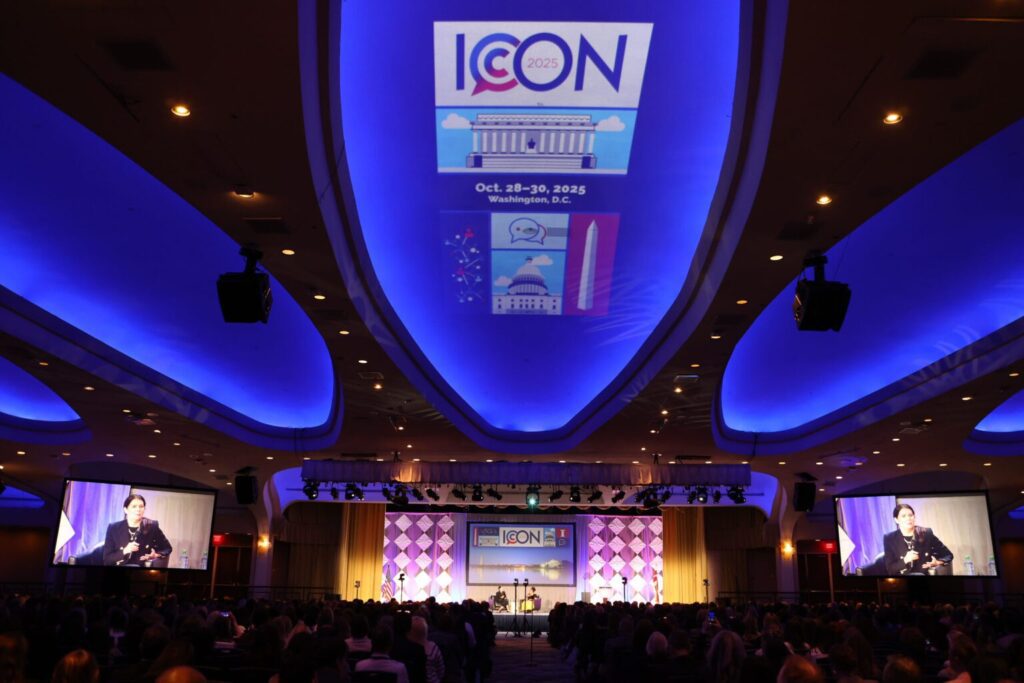Company success rests on the performance of employees. As organizations look at ways to reward and motivate their workers, recognition methods have come a long way from a pat on the back and upgraded parking spot. Structured incentive programs—which reward employees for meeting performance-based milestones—are helping employees set, meet and exceed goals, and helping companies attract and retain valuable talent. Employee incentives also help build brand loyalty.
 In fact, employees who participate in company-driven incentive programs say they feel more valued (85%), are more loyal to their companies (65%) and get better results (60%). And at companies without incentive programs, one-third of office workers say they’d put in an extra workweek each year, if their company would implement one.
In fact, employees who participate in company-driven incentive programs say they feel more valued (85%), are more loyal to their companies (65%) and get better results (60%). And at companies without incentive programs, one-third of office workers say they’d put in an extra workweek each year, if their company would implement one.
Here are four tips to help companies structure effective incentive programs:
1. Align the program with company objectives By keeping your incentive program in line with company business goals, you’ll ensure that employees are trying to achieve milestones that matter. That is, they’ll be focusing on your organization’s priorities while striving to improve the business as a whole.
2. Communicate effectively When structuring an incentive program, it’s essential that the goals and details of the program be communicated to participants. Have a clear plan that outlines communication frequency, along with vehicles—such as conversations with managers, an internal website, a company newsletter, etc.—for communication. Increased understanding within the business can ultimately lead to better results.
3. Engage all levels of business It’s critical to align the entire company around the goals of the incentive programs. Providing incentives for just one level of business can ultimately have a negative impact on performance goals. If salespeople are part of the incentive program, make sure the sales managers are, as well, so that everyone feels engaged and motivated.
4. Choose effective rewards An incentive program is only as good as its rewards. When selecting rewards, remember to provide products that motivate employees and drive performance. Many incentive programs are points-based, allowing workers to earn points that can be redeemed for a reward of their choosing—which in turn, can make it more meaningful.
Anne McKeough is vice president, Staples Promotional Products.



